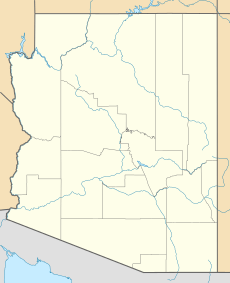Masonic Temple (Grand Canyon) facts for kids
Quick facts for kids Masonic Temple |
|
|---|---|

South aspect (Dutton Point upper left)
|
|
| Highest point | |
| Elevation | 6,242 ft (1,903 m) |
| Prominence | 62 ft (19 m) |
| Isolation | 2.58 mi (4.15 km) |
| Parent peak | Holy Grail Temple (6,711 ft) |
| Geography | |
| Location | Grand Canyon National Park Coconino County, Arizona, US |
| Parent range | Kaibab Plateau Colorado Plateau |
| Topo map | USGS King Arthur Castle |
| Type of rock | sandstone, limestone, shale |
| Climbing | |
| First ascent | Alan Doty |
| Easiest route | class 4 climbing |
Masonic Temple is a mountain peak that stands 6,242 feet (about 1,903 meters) tall. It is located in the amazing Grand Canyon in northern Arizona, USA. This peak is part of Grand Canyon National Park.
Masonic Temple is found below Dutton Point on the Powell Plateau. It looks out over an area called the Shinumo Amphitheater. It's about three miles west of Holy Grail Temple and not far from other cool spots like Dox Castle and Fan Island. This mountain rises a huge 4,000 feet (1,220 meters) above the Colorado River in just four miles!
The area around Masonic Temple has a cold, semi-dry climate. Rainwater flows south into the Colorado River through different canyons like Hakatai, Burro, and Muav. This mountain is a butte, which means it's a flat-topped hill with steep sides, left behind by erosion. It's made up of layers of rock like sandstone, limestone, and shale.
How Masonic Temple Got Its Name
A Tribute to Freemasonry
Masonic Temple was named by a man named George Wharton James. He was a member of an organization called the Order of Freemasons. He thought the big, angular walls of the mountain looked like a "square," which is an important symbol in Freemasonry. The phrase "on the square" also made him think of the name.
The name "Masonic Temple" was officially approved in 1908 by the U.S. Board on Geographic Names. This board is in charge of naming places in the United States.
Gallery







